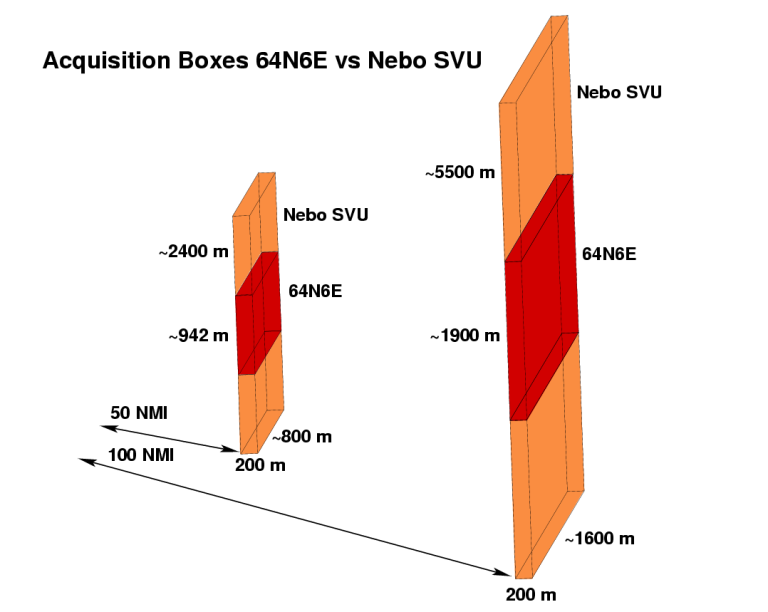Well almost all radars could detect them... the question is at what distance and what reliability...
Imagine you have a network of 30 or more radars scattered all around the place all connected up in a network... an IADS... and only one radar is scanning for targets, but all radars are listening for radar returns... with precise control of the signal being sent up and accurate time keeping at all the sites so they are all on the same time scale when the signal from the emitting radar hits the F-35 in flight and the surface of the F-35 scatters the signal in all directions except the direction the signal came from... most of those other 29 radar will get signals from the primary radar from the F-35 as well as emissions directly from that radar... the radar that sends the signal might get a very very weak radar return itself but basic triangulation will tell you where the F-35 actually is, so now instead of a general wide area scan you can now direct 30 radar at the location of that F-35 and direct fine precise tracking beams at it that would be much much harder to hide from and the air defence network will be alerted to the presence and location of that F-35, now if it is operating at lower altitudes... which it most probably will because it doesn't supercruise so would get little advantage to flying high... any Pantsir system that detects it optically can engage it in total radar silence... the F-35 will detect the attack but what can it do... its DIRCMs system can't blind a Pantsir missile because it is not IR guided... the F-35 pilot will likely be left with the choice to die or eject...
Imagine you have a network of 30 or more radars scattered all around the place all connected up in a network... an IADS... and only one radar is scanning for targets, but all radars are listening for radar returns... with precise control of the signal being sent up and accurate time keeping at all the sites so they are all on the same time scale when the signal from the emitting radar hits the F-35 in flight and the surface of the F-35 scatters the signal in all directions except the direction the signal came from... most of those other 29 radar will get signals from the primary radar from the F-35 as well as emissions directly from that radar... the radar that sends the signal might get a very very weak radar return itself but basic triangulation will tell you where the F-35 actually is, so now instead of a general wide area scan you can now direct 30 radar at the location of that F-35 and direct fine precise tracking beams at it that would be much much harder to hide from and the air defence network will be alerted to the presence and location of that F-35, now if it is operating at lower altitudes... which it most probably will because it doesn't supercruise so would get little advantage to flying high... any Pantsir system that detects it optically can engage it in total radar silence... the F-35 will detect the attack but what can it do... its DIRCMs system can't blind a Pantsir missile because it is not IR guided... the F-35 pilot will likely be left with the choice to die or eject...



 kvs
kvs



